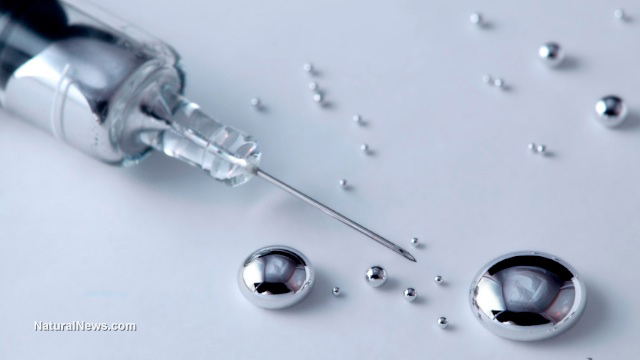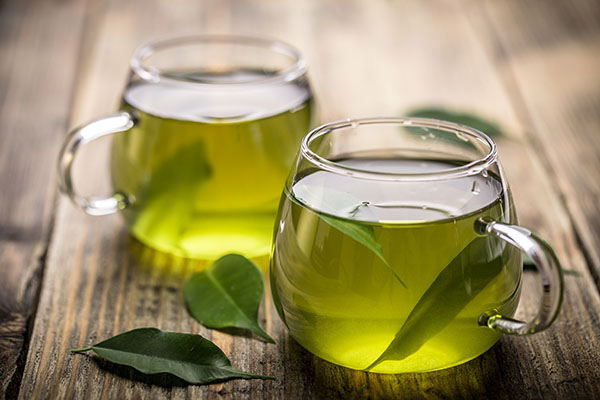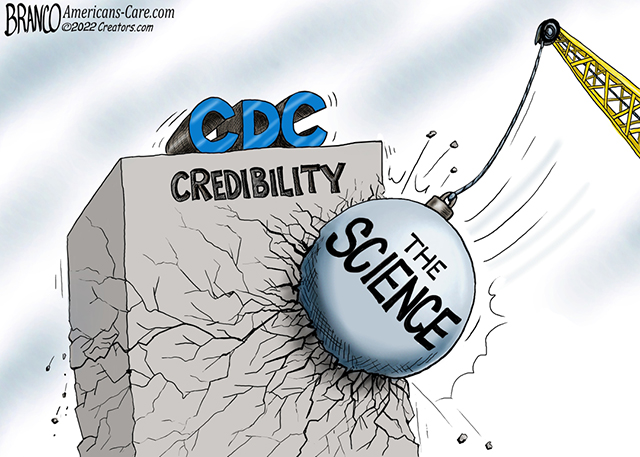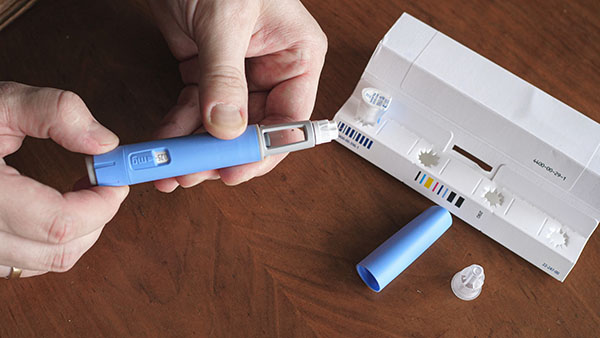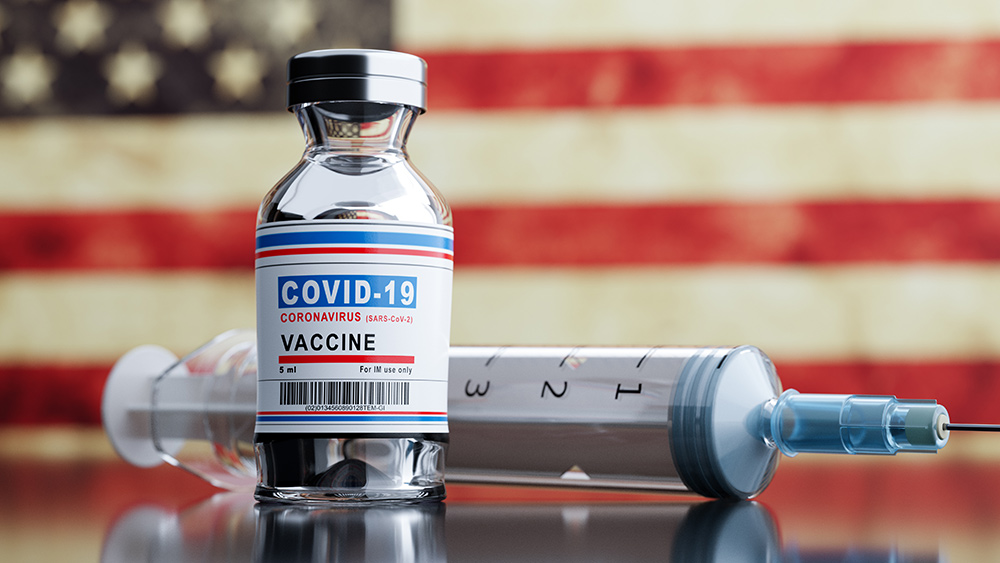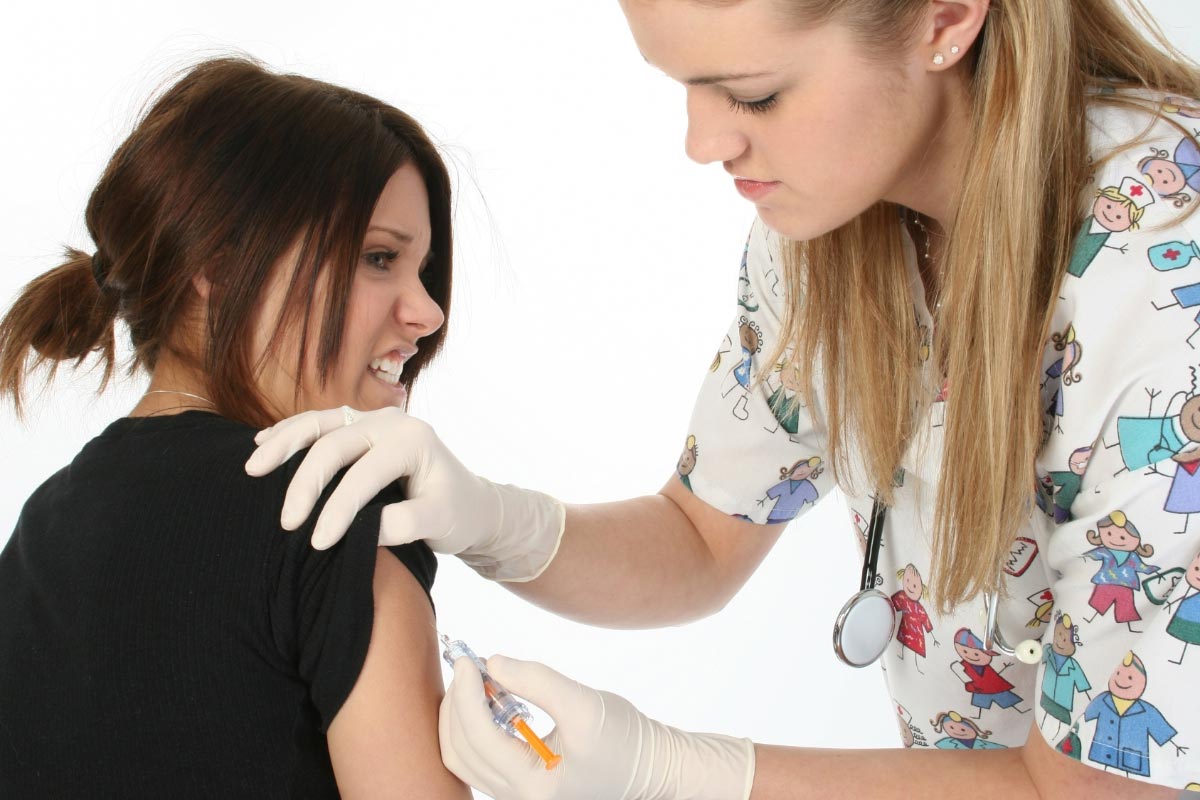The hidden dangers of sodium gluconate in personal care products
06/19/2025 / By Zoey Sky
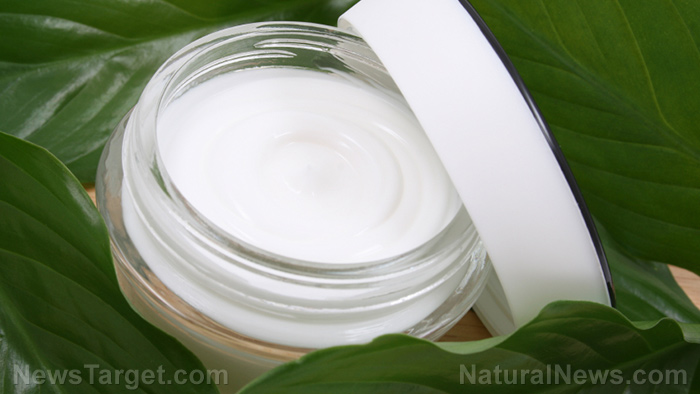
- Sodium gluconate is a synthetic chemical derived from glucose. It is used as a chelating agent in cosmetics, food products and industrial products.
- It is often hidden under names like E576 or “sodium D-gluconate,” making it hard for consumers to identify.
- Sodium gluconate can cause skin irritation, respiratory issues (if inhaled) and stomach problems if ingested. Long-term exposure, especially in children, raises concerns despite claims of “low toxicity.”
- Sodium gluconate is found in shampoos, lotions, deodorants and cleaners for stability and preservation. Industry reliance on it prioritizes convenience over safety.
- Safer alternatives to sodium gluconate include natural chelators like citric acid or phytic acid (from plants) and essential oils (e.g., rosemary, tea tree) as preservatives. Choose certified organic/non-toxic brands to avoid products that may contain sodium gluconate. Consumers can reduce exposure by reading labels, choosing natural alternatives and supporting transparent brands.
Sodium gluconate, a ubiquitous chemical found in countless personal care products, is often marketed as a safe, versatile additive. Yet beneath its innocuous veneer lies a substance with concerning risks, obscured by regulatory gaps and industry transparency failures.
Despite validation from institutions like the National Institute for Occupational Safety and Health (NIOSH), the pervasive use of sodium gluconate raises alarming questions about its long-term effects on human health.
From cosmetics to cleaning agents, its presence is ubiquitous yet rarely questioned.
Sodium gluconate: Industrial uses and toxicity
Sodium gluconate is the sodium salt of gluconic acid, derived from glucose through fermentation. It functions primarily as a chelating agent, binding to metal ions to prevent oxidation and degradation in formulations.
This property makes it a popular additive in cosmetics, pharmaceuticals, food preservation and industrial applications such as textile dyeing and metal surface treatment.
Consumers scanning ingredient lists may not immediately recognize sodium gluconate, as it often appears under alternative names such as:
- E576 (when used as a food additive)
- Gluconic acid, sodium salt
- Sodium D-gluconate
These variations allow manufacturers to obscure its presence, making it difficult for consumers to make informed choices.
Despite regulatory assurances, sodium gluconate poses several health risks, particularly when misused or encountered in high concentrations.
Irritation and sensitization
Though generally considered mild, sodium gluconate can cause contact dermatitis, redness and irritation in sensitive individuals. Prolonged exposure may exacerbate these effects, particularly in leave-on products like moisturizers.
Respiratory risks
In its powdered form, sodium gluconate presents an inhalation hazard. Workers in manufacturing facilities face potential respiratory distress, including coughing and bronchial irritation, if proper protective measures are not enforced.
Gastrointestinal distress
The accidental ingestion of sodium gluconate, whether through contaminated hands or improperly labeled products, can lead to nausea, vomiting and diarrhea.
While acute toxicity is low, chronic exposure to sodium gluconate is a cause for concern, especially in children who may accidentally ingest small amounts of personal care products.
Environmental impact
As a chelating agent, sodium gluconate does not readily biodegrade, contributing to water pollution.
Its persistence in aquatic ecosystems raises concerns about long-term ecological damage, particularly when washed off in showers or industrial runoff. (Related: Is beauty worth it? Limit your exposure to 8 toxic chemicals by avoiding certain personal care products.)
The cosmetic industry heavily relies on sodium gluconate for its ability to stabilize formulations, enhance shelf life and improve texture. It is commonly found in:
- Cleansers and face washes – Helps maintain viscosity and prevents rancidity.
- Deodorants and antiperspirants – Binds to aluminum compounds to enhance efficacy.
- Lotions and creams – Acts as a pH adjuster and preservative.
- Shampoos and conditioners – Prevents mineral buildup from hard water, ensuring product consistency.
Despite the functional benefits of sodium gluconate, the health risks associated with the additive cannot be ignored.
Alternative products without sodium gluconate
For those seeking safer options, several alternatives to synthetic chelators exist:
Citric acid
A natural chelator derived from citrus fruits, citric acid effectively binds metals without causing the same toxicity concerns.
Ethylenediaminetetraacetic acid (EDTA) alternatives
While EDTA itself is controversial, plant-derived alternatives like phytic acid (from rice bran) offer a biodegradable solution.
Essential oil-based preservatives
Thyme, rosemary and tea tree oils possess antimicrobial properties, reducing the need for synthetic stabilizers.
Some brands prioritize these alternatives, offering formulations that are free of sodium gluconate and other questionable additives.
How to detox from sodium gluconate
While no specific detox protocol exists for sodium gluconate, minimizing exposure is the most effective strategy.
- Read labels meticulously – Avoid products listing sodium gluconate or its aliases.
- Opt for organic and natural brands – Seek certifications like USDA Organic or EWG Verified.
- Support healthy liver and kidney function – Proper hydration, cruciferous vegetables and milk thistle may aid in eliminating accumulated toxins.
Sodium gluconate’s widespread use underscores a troubling trend: the prioritization of industrial convenience over consumer safety. While regulatory bodies maintain its acceptability, independent research and consumer advocacy demand deeper scrutiny.
By choosing cleaner alternatives and demanding transparency, individuals can resist the normalization of potentially harmful additives, thereby paving the way for a healthier, more accountable marketplace.
By arming yourself with knowledge as a consumer, you can navigate the murky waters of the cosmetic chemistry and reject complacency in favor of informed, health-conscious choices.
This story is not medical advice and is not intended to treat or cure any disease. Always consult with a qualified naturopathic physician for personalized advice about your specific health situation or concern.
Visit Health Ranger Store and Brighteon Store to find lab-verified skincare products that are free of harmful chemicals like sodium gluconate.
Visit NaturalNews.com, an excellent resource for articles about different cosmetic ingredients that can harm your health and how to avoid them.
You can also try Brighteon.ai, an AI model created by Mike Adams, also known as the Health Ranger. This model is available as a free download to be run locally and is designed to help share and decentralize knowledge. By doing so, it aims to bypass censorship and empower people with knowledge.
If you’re searching for a platform that champions uncensored video content and free speech, particularly for discussions on nutrition, natural medicine, ingredients and related topics, visit Brighteon.com, a website that offers a space for open dialogue and exploration of these subjects without restrictions.
Brighteon.IO and Brighteon.social are two free speech social media sites that enable users to openly discuss health, nutrition, ingredients, toxicity and related topics without censorship.
Watch this clip about an all-natural deodorant made with non-toxic ingredients.
This video is from the Health Ranger Store channel on Brighteon.com.
More related stories:
Harmful ingredients in your shampoo: What you need to know.
How does cocoa butter moisturize and promote skin health?
More than a natural pest repellent: Use neem oil to boost your hair and dental health.
Sources include:
Submit a correction >>
Tagged Under:
allergens, allergies, cosmetic ingredients, Cosmetics, health science, products, skin care, skin health, skincare, Sodium gluconate, toxic chemicals, toxic ingredients, toxins, women's health
This article may contain statements that reflect the opinion of the author


